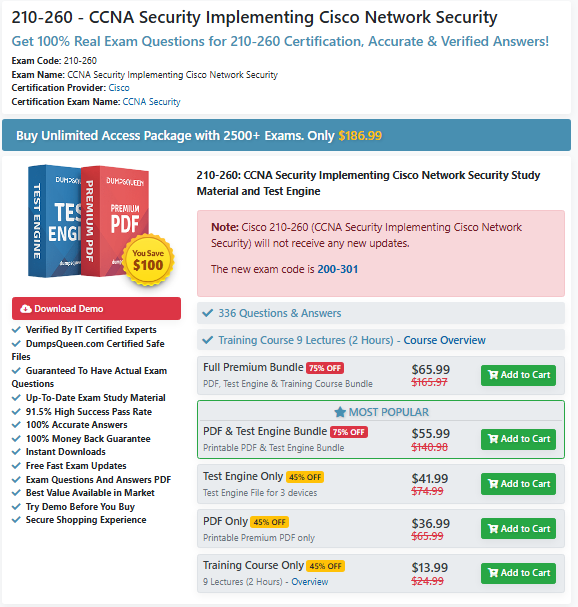Understanding VLANs (Virtual Local Area Networks) is essential for network engineers and IT professionals. A Virtual LAN helps divide a physical network into smaller logical sub-networks to manage traffic better and enhance security. The concept of a native VLAN is one of the most fundamental topics that anyone working with VLANs needs to grasp.
In this blog, we will explain the two most important characteristics that describe the native VLAN. These characteristics are essential to understand, as they impact how data is managed across VLANs and how network devices communicate within the network infrastructure. Whether you’re preparing for an exam or just interested in improving your networking knowledge, this guide will be useful.
What is a Native VLAN?
A native VLAN is a special type of VLAN used in a trunking setup on switches. When a switch port is configured as a trunk, it is capable of carrying multiple VLANs, and the native VLAN is the VLAN to which untagged traffic is assigned. In simpler terms, the native VLAN is the default VLAN used for traffic that doesn’t have any VLAN tags.
In networks where multiple VLANs are set up, a trunk port carries traffic for these VLANs. However, when devices such as older switches or non-VLAN aware devices send traffic, they do so without any VLAN tag. In such cases, this traffic is automatically associated with the native VLAN.
Which Two Characteristics Describe the Native VLAN? (Choose Two)
Now that we understand the role of a native VLAN, let’s focus on its characteristics. When discussing the native VLAN, two important features stand out:
1. The Native VLAN Transmits Untagged Traffic
One of the primary characteristics of the native VLAN is that it is responsible for transmitting untagged traffic. This means that when a device (or a switch) sends frames without any VLAN tag, the switch assigns those frames to the native VLAN. The frames are treated as if they belong to that VLAN, even though they don’t have an explicit tag indicating which VLAN they belong to.
Typically, the native VLAN is configured on trunk ports. When a trunk port receives untagged frames, it places them in the native VLAN. This can be especially useful in environments where there are older devices or devices that don’t support VLAN tagging.
2. It Can Be Different from VLAN 1
By default, the native VLAN is VLAN 1 on most Cisco switches. However, network administrators have the option to change the native VLAN from VLAN 1 to another VLAN number. This flexibility is beneficial because VLAN 1 is often used for management purposes, and network administrators may prefer to keep it isolated from data traffic. Thus, changing the native VLAN to another number helps improve network security and performance.
While many networks use VLAN 1 as the native VLAN, it’s considered a best practice to assign a VLAN other than VLAN 1 to avoid potential security risks. VLAN 1 is often a target for attackers, and keeping it isolated from general data traffic helps mitigate these risks.
3. The Native VLAN is Typically Used for Management Traffic
In many cases, the native VLAN is used to carry management traffic such as protocols that don’t support tagging. For example, if a device like a router or switch needs to communicate over the network but doesn't use VLAN tagging, it will typically do so over the native VLAN. This ensures that management traffic is easily routed across the network.
Using a separate VLAN for management allows network engineers to keep sensitive traffic isolated from regular user traffic. This is important for ensuring that critical management traffic is prioritized and protected from congestion or interference from regular data.
4. Potential Security Risks of Misconfigured Native VLANs
A misconfigured native VLAN can lead to several security vulnerabilities, such as VLAN hopping attacks. VLAN hopping occurs when malicious users exploit the native VLAN configuration to send untagged traffic to unauthorized VLANs. This can result in unauthorized access to network resources.
To avoid such issues, network engineers should always verify that the native VLAN is properly configured and not left at the default value (VLAN 1) if it’s not necessary. Regular audits of VLAN configurations can help identify potential vulnerabilities and improve network security.
Conclusion
The native VLAN plays a vital role in the efficient management and operation of a network, particularly in trunking environments. It is responsible for carrying untagged traffic and can be configured to improve security by isolating management and user traffic. Network engineers should ensure that the native VLAN is properly configured and use best practices to avoid security risks such as VLAN hopping.
Understanding the characteristics of the native VLAN is crucial for anyone working with VLANs and trunking. By choosing the appropriate native VLAN, you can enhance network performance, security, and manageability.
Sample Questions and Answers
To test your understanding of the native VLAN, here are a few multiple-choice questions:
- What is the role of the native VLAN in a trunking setup?
- A) It carries tagged traffic.
- B) It is used to carry untagged traffic.
- C) It is the default VLAN for all network devices.
- D) It is used for user data only.
- Answer: B) It is used to carry untagged traffic.
- Which of the following is true about the native VLAN?
- A) The native VLAN is always VLAN 1.
- B) The native VLAN cannot be changed from its default.
- C) The native VLAN is used to carry untagged traffic.
- D) The native VLAN can only carry management traffic.
- Answer: C) The native VLAN is used to carry untagged traffic.
- Why is it a best practice to change the native VLAN from VLAN 1?
- A) VLAN 1 is reserved for user traffic.
- B) VLAN 1 is often used for management traffic, making it a security risk.
- C) VLAN 1 is not compatible with certain network protocols.
- D) VLAN 1 cannot be used as the native VLAN.
- Answer: B) VLAN 1 is often used for management traffic, making it a security risk.
- What happens when a switch receives untagged traffic on a trunk port?
- A) It drops the traffic.
- B) It forwards the traffic to the native VLAN.
- C) It tags the traffic with the default VLAN tag.
- D) It routes the traffic based on IP address.
- Answer: B) It forwards the traffic to the native VLAN.




